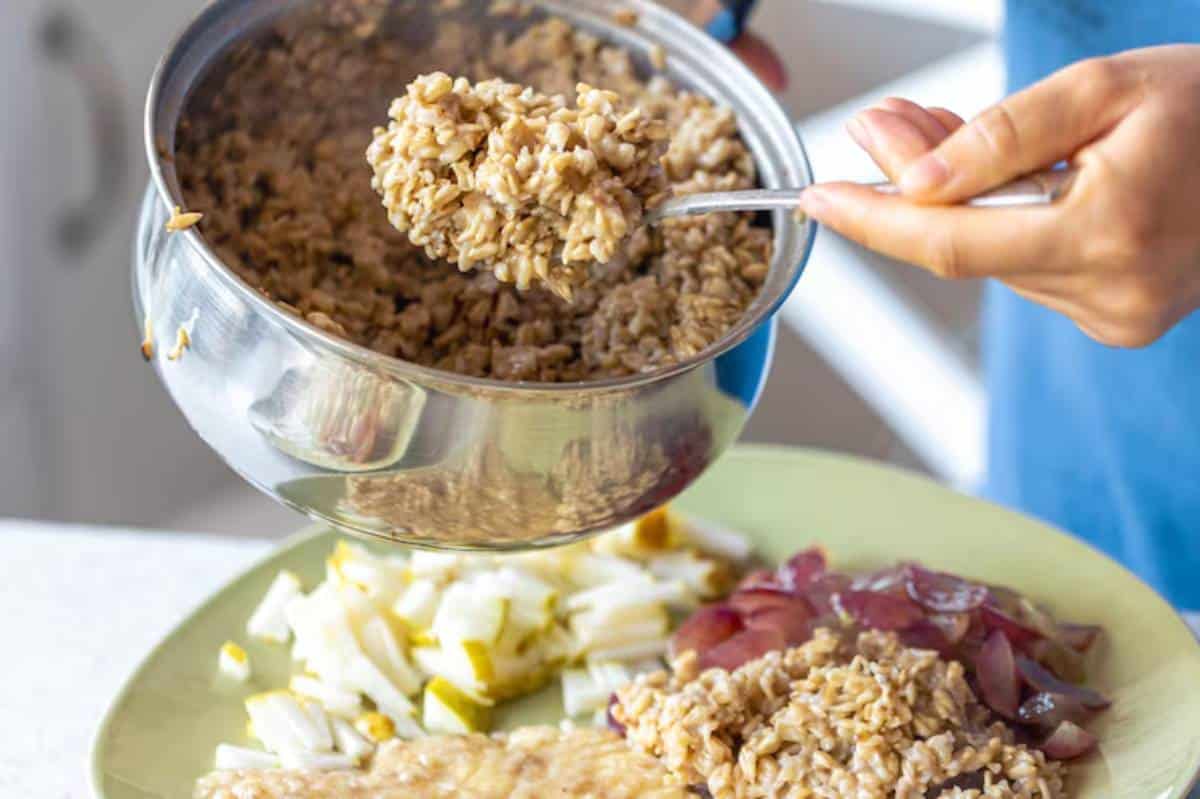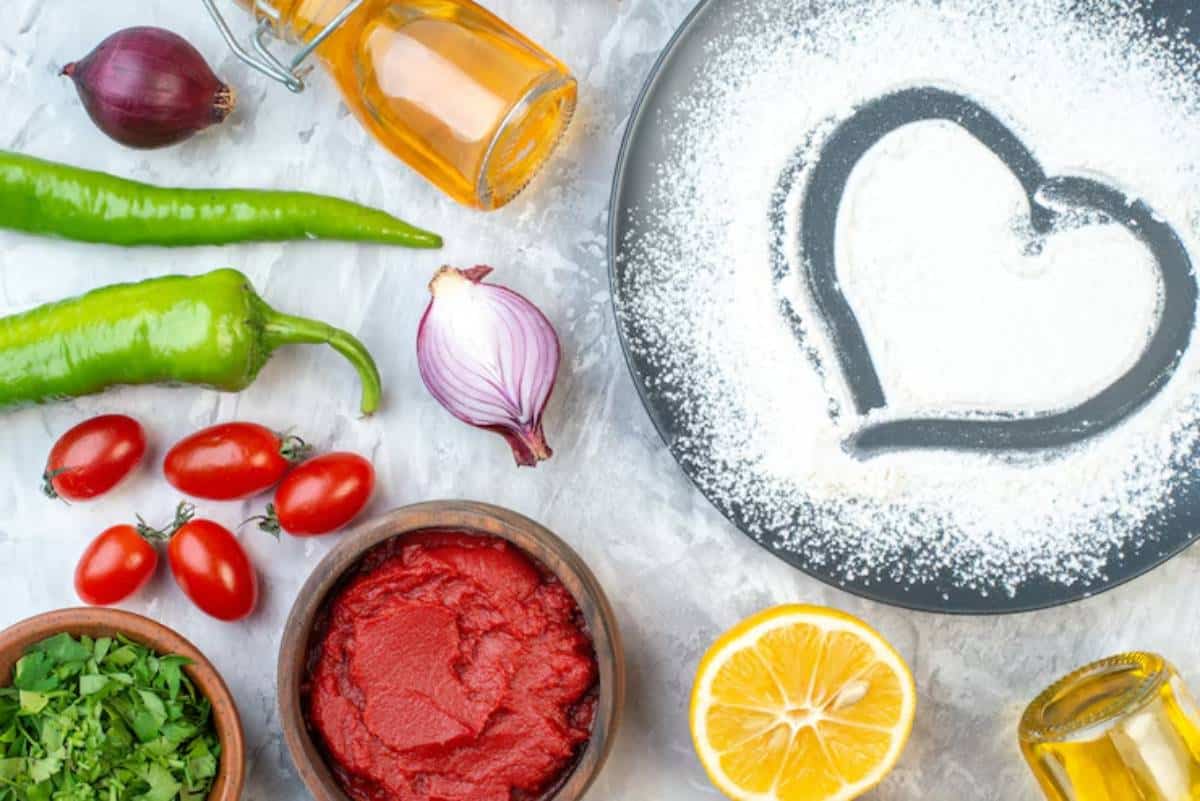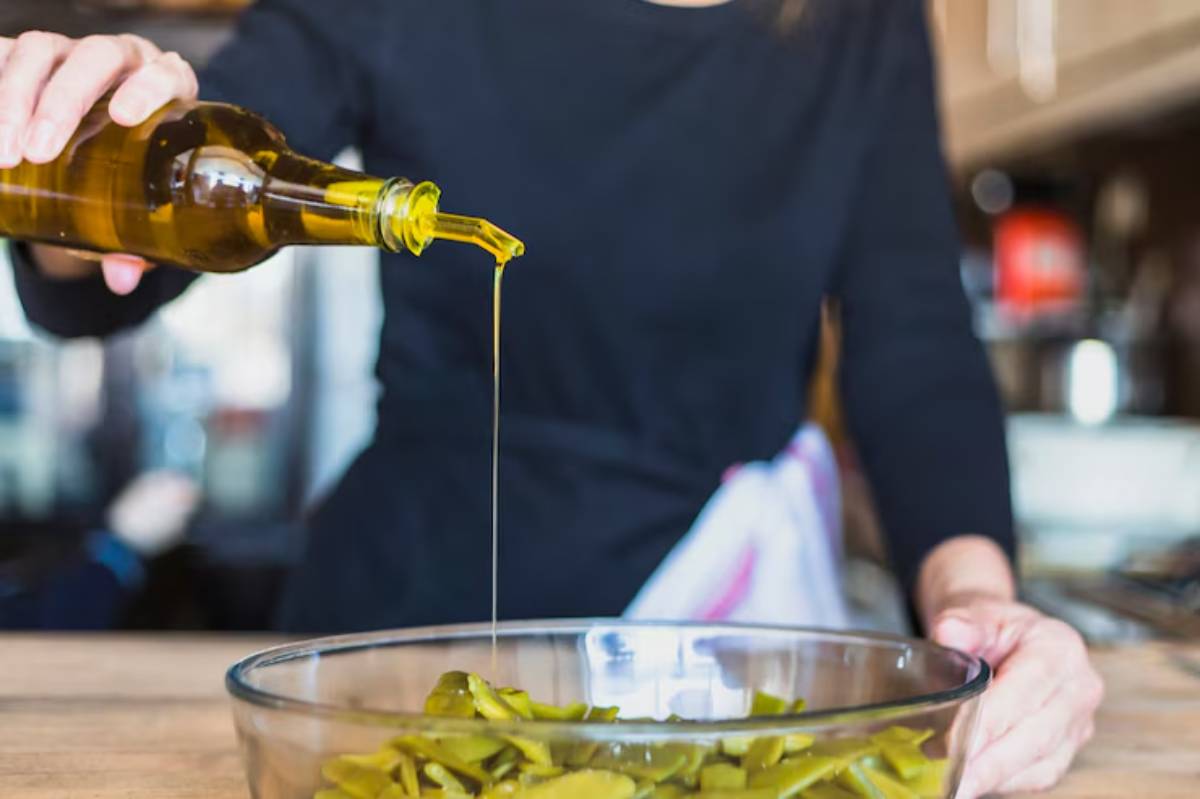
Cooking with Extra Virgin Olive Oil: Do’s and Don’ts
Walk into any Mediterranean kitchen and you’ll find one ingredient front and centre: extra virgin olive oil (EVOO). Revered for its rich flavour, impressive health benefits, and versatility, EVOO isn’t just a cooking oil — it’s a culinary cornerstone. But despite its popularity, there’s still a fair amount of confusion about how to properly cook with it.
Should you fry with it? Can you bake with it? How do you store it? And what dishes benefit most from its vibrant, peppery punch?
In this guide, we’ll demystify EVOO once and for all. You’ll learn the best olive oil cooking tips, including both the do’s and the don’ts, along with practical advice, flavour pairings, and extra virgin olive oil recipes to try at home. Whether you’re a novice or a seasoned home chef, this article will help you cook confidently and creatively with EVOO.
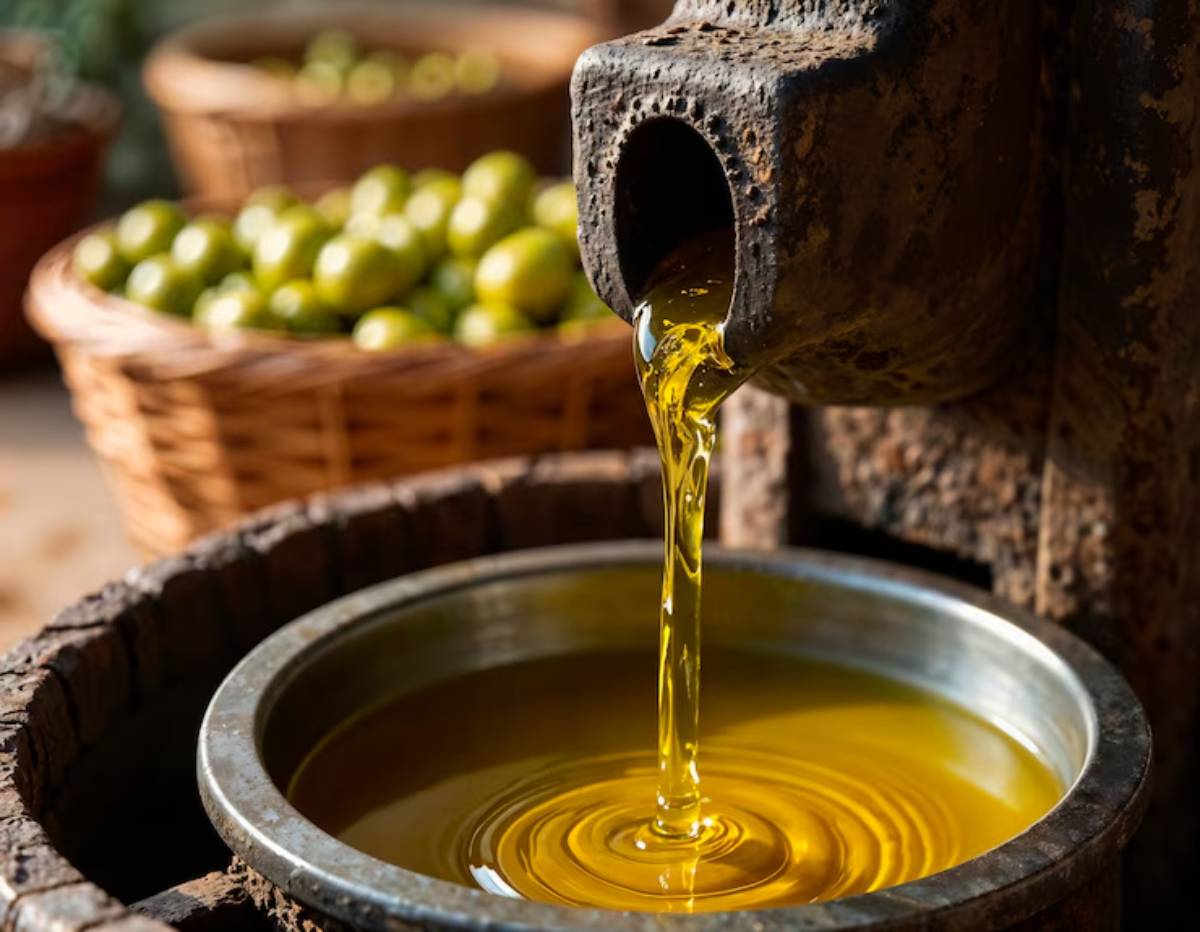
Why Extra Virgin Olive Oil Is So Special
Nutritional Powerhouse
EVOO is cold-pressed and unrefined, which means it retains more of the natural nutrients found in olives.
It’s high in:
- Monounsaturated fats: Promote heart health and reduce inflammation.
- Polyphenols: Potent antioxidants with anti-inflammatory properties.
- Vitamin E: Supports skin and immune health.
A Culinary Chameleon
Its robust flavour and rich aroma make it suitable for everything from salad dressings to sautéing.
Fun Fact: The flavour of EVOO varies by region. Greek oils are grassy, Italian ones tend to be fruity and peppery, while Spanish oils offer nutty notes.
The Do’s of Cooking with Extra Virgin Olive Oil
Let’s start with what you should do to maximise flavour and nutrition.
Do: Use EVOO for Sautéing and Shallow Frying
Contrary to popular belief, high-quality EVOO has a smoke point of 190–200°C, which is suitable for most stovetop cooking.
Great For:
- Sautéed greens (like spinach or kale)
- Lightly fried eggs
- Shallow-fried courgettes or aubergines
Tip: Heat the pan first, then add the oil and food to prevent it from breaking down too quickly.
Do: Finish Dishes with a Drizzle
A finishing drizzle of EVOO enhances taste, aroma, and texture.
Best Used On:
- Grilled vegetables
- Soups (like lentil or tomato)
- Fresh mozzarella or burrata
Bonus: It acts as a flavour booster while adding heart-healthy fats.
Do: Use EVOO in Baking
Yes, you can bake with EVOO! It imparts moisture and a unique depth to savoury and sweet dishes.
Bake With EVOO In:
- Olive oil and lemon cakes
- Herbed focaccia
- Mediterranean-style muffins
Note: Choose milder olive oils for baking to avoid overpowering the flavour.
Do: Store It Properly
Light and heat degrade EVOO’s quality. Treat it like wine.
Storage Tips:
- Use dark glass bottles
- Store in a cool, dark cupboard
- Avoid placing near the hob or windows
Shelf Life: Best used within 6 months of opening.
Do: Pair It Thoughtfully
Pairing EVOO with the right ingredients brings out its best.
Delicious Pairings:
- Tomatoes, garlic, and basil
- Lemon and parsley
- Yoghurt and cucumber
- Seafood and citrus
The Don’ts of Cooking with EVOO
Now for the pitfalls to avoid to keep your oil (and food) tasting its best.
Don’t: Use It for Deep Frying
While EVOO can handle moderate heat, deep frying requires higher temperatures.
Why?
- EVOO can burn at sustained high heat
- It becomes cost-inefficient
- Delicate flavour is lost
Alternative: Use refined olive oil or avocado oil for deep frying.
Don’t: Reuse Heated Olive Oil
Reheating causes the oil to oxidise, diminishing nutritional value and flavour.
Risks:
- Formation of free radicals
- Unpleasant aftertaste
Better Idea: Use leftover oil to season roasting pans or compost it responsibly.
Don’t: Store It in Clear or Plastic Bottles
Exposure to light and air causes rancidity.
Signs It’s Gone Bad:
- Fusty or musty smell
- Sour or bitter taste
- Greasy residue
Quick Test: Taste a spoonful. It should be smooth with a peppery kick — not flat or waxy.
Don’t: Assume All Olive Oils Are Equal
Labels can be misleading. Always opt for certified extra virgin grade.
Look For:
- Cold-pressed
- Harvest date
- Country of origin
- Certification seals (PDO, PGI, COOC)
Avoid: “Light” or blended oils — they lack flavour and quality.
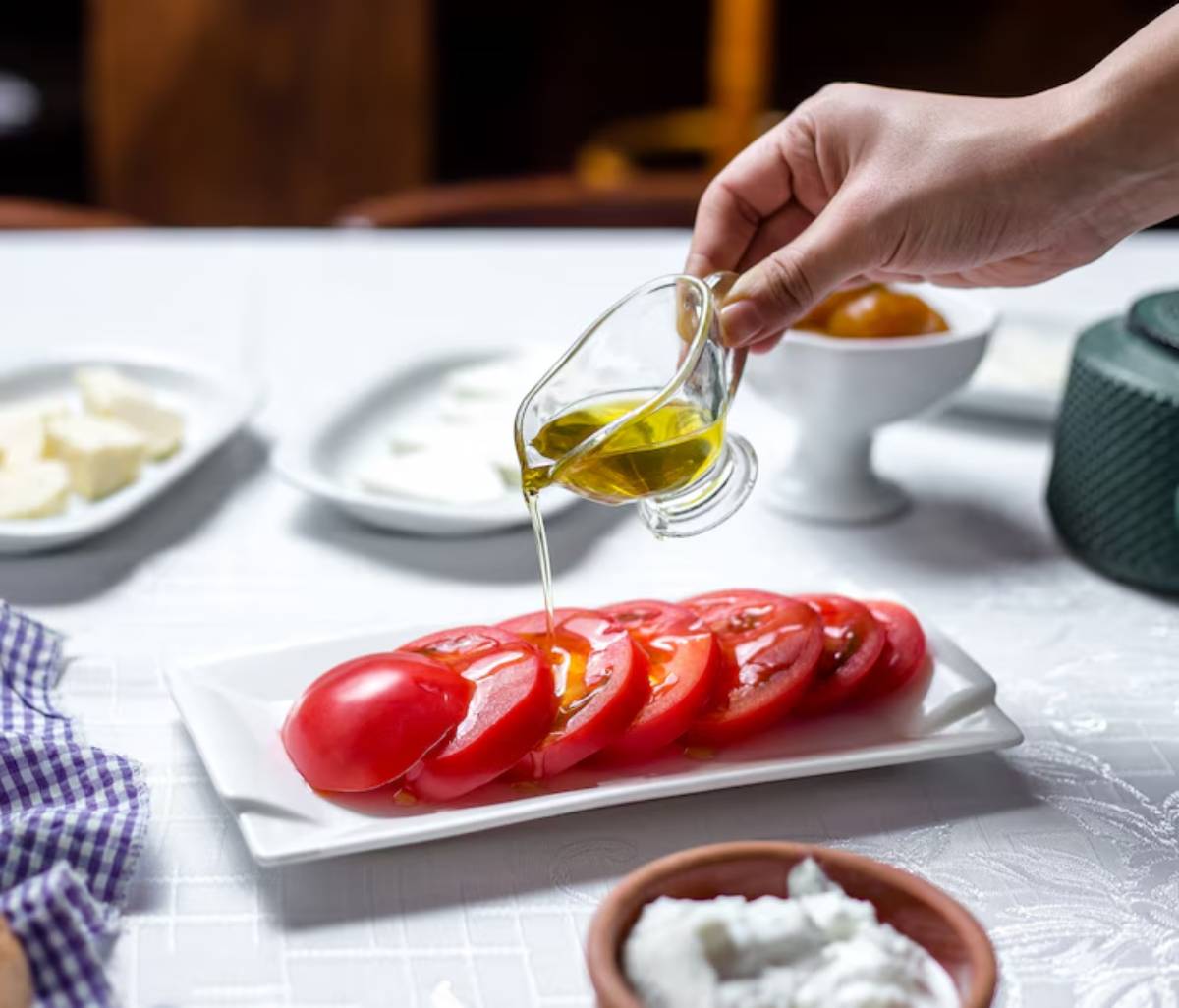
Cooking with EVOO: Recipe Ideas to Try
1. Classic Bruschetta
- Toast slices of crusty bread
- Top with chopped tomatoes, garlic, and basil
- Drizzle with EVOO and a pinch of sea salt
2. Warm Lentil Salad
- Boil green lentils until tender
- Toss with lemon juice, EVOO, parsley, and roasted peppers
3. Lemon Olive Oil Cake
- Use EVOO instead of butter
- Add lemon zest and juice for brightness
- Finish with a glaze of icing sugar and citrus
4. Grilled Veggie Medley
- Slice aubergines, peppers, and courgettes
- Brush with EVOO and sprinkle with thyme
- Grill until charred and tender
Debunking Common Olive Oil Myths
Myth 1: You Can’t Cook with EVOO
False. You can cook with it — just not at smoking-hot temperatures.
Myth 2: All EVOO Tastes the Same
Wrong. Like wine, flavours vary by olive type, region, and process.
Myth 3: More Expensive Means Better
Not necessarily. Look for freshness and certifications over price alone.
Myth 4: EVOO Lasts Forever
Incorrect. It goes rancid with time, heat, and exposure.
Taste-Test Olive Oil at Home
- Pour a tablespoon of EVOO into a glass.
- Warm the glass with your hand.
- Swirl and sniff. Look for fruity, grassy, or peppery notes.
- Sip a small amount and breathe in through your teeth.
- Swallow and note the flavour and heat.
Good EVOO Should Be:
- Fruity, bitter, and slightly spicy
- Smooth, not greasy
- Vibrant in colour (though colour isn’t always a quality marker)
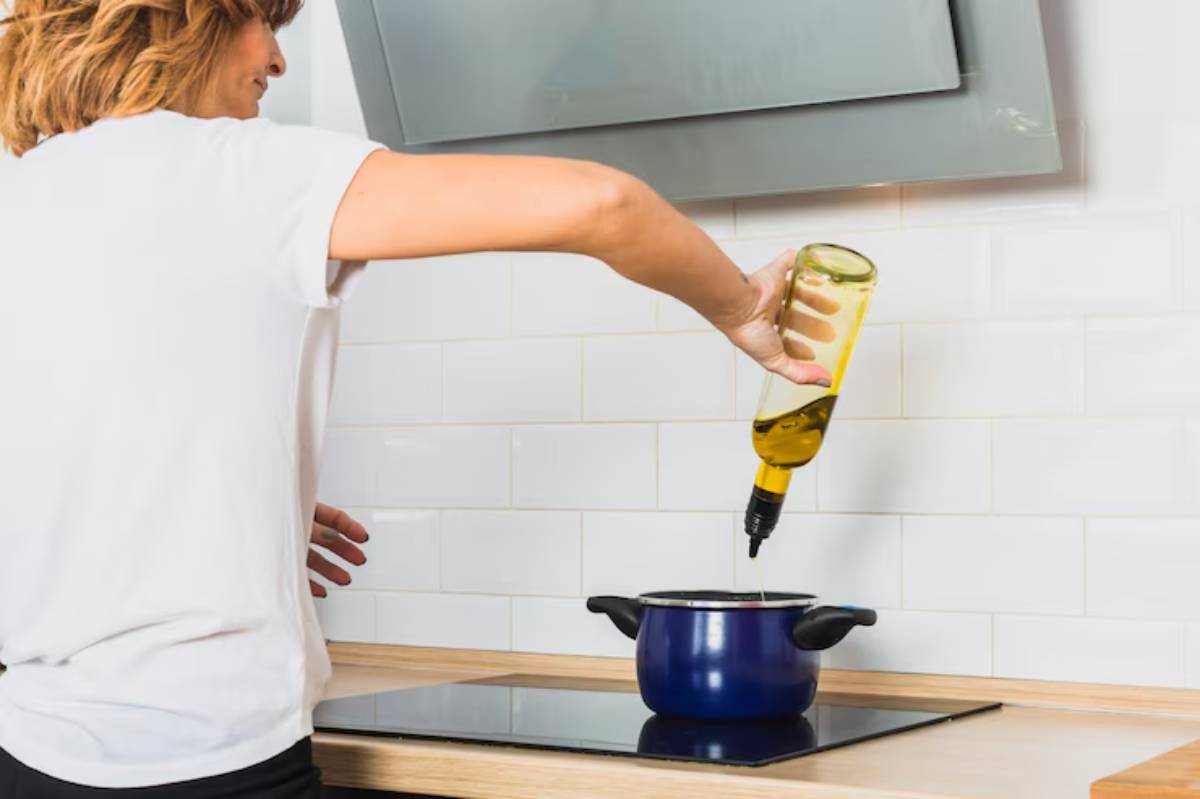
Conclusion: Cooking with Confidence and EVOO
Cooking with extra virgin olive oil doesn’t have to be intimidating. With the right knowledge, it becomes one of the most rewarding and flavour-enhancing ingredients in your kitchen. From sautéing and drizzling to baking and dipping, EVOO delivers on both nutrition and taste.
By following these olive oil cooking tips, you’ll avoid common mistakes and unlock new culinary possibilities. It’s a small shift with a big impact.
Ready to take your pantry to the next level? Learn more about the 10 must-have staples in a Mediterranean pantry and start building a kitchen that celebrates health, tradition, and flavour.
